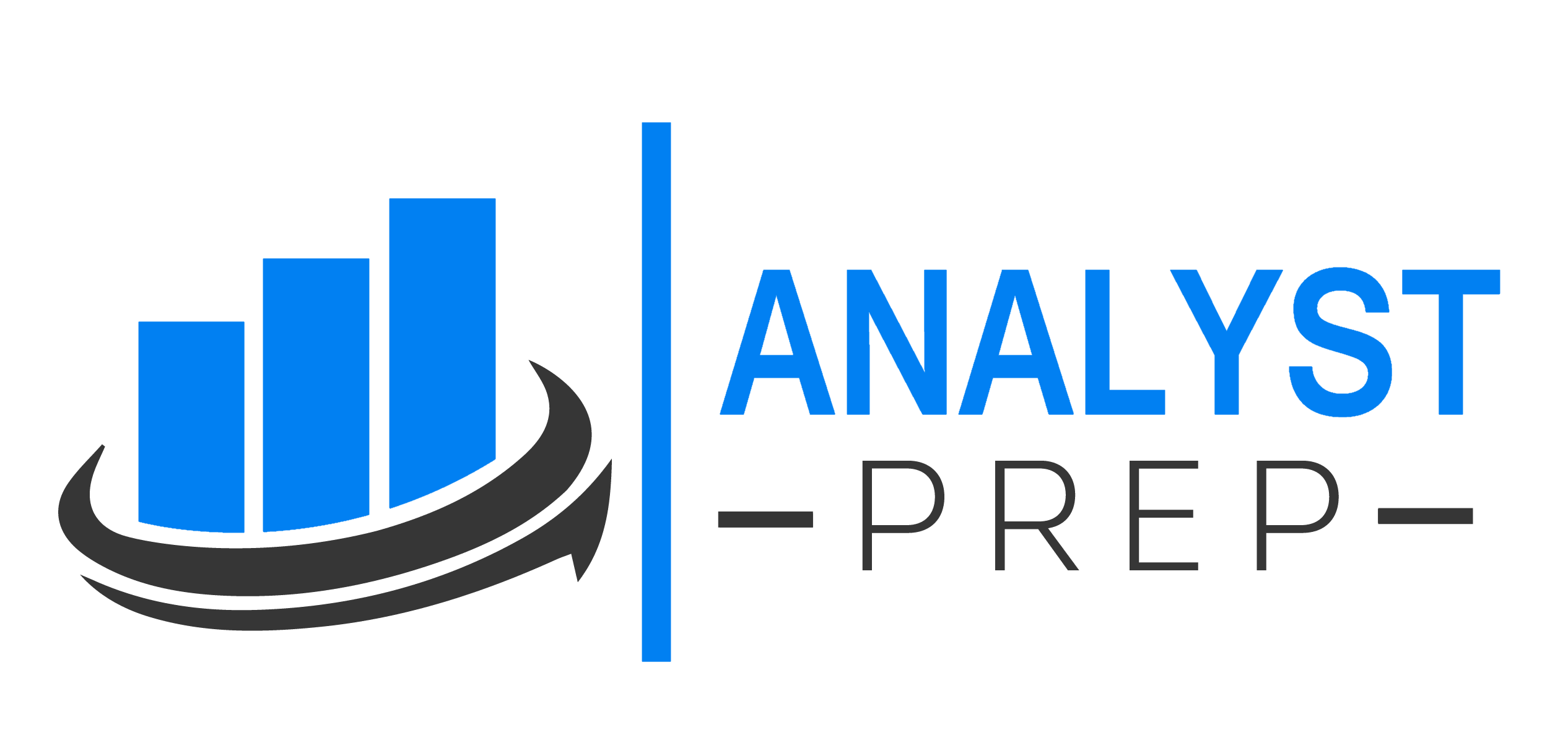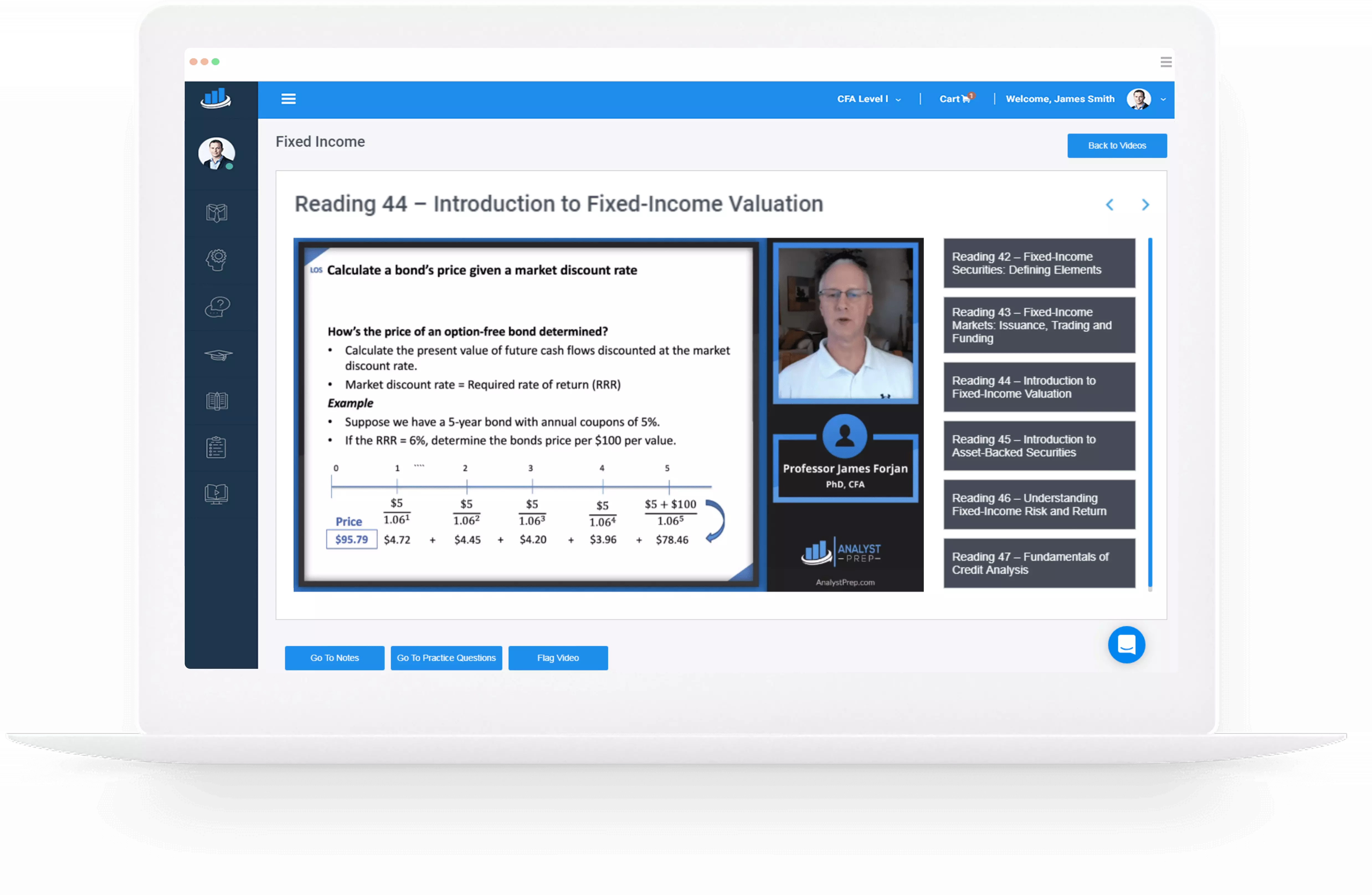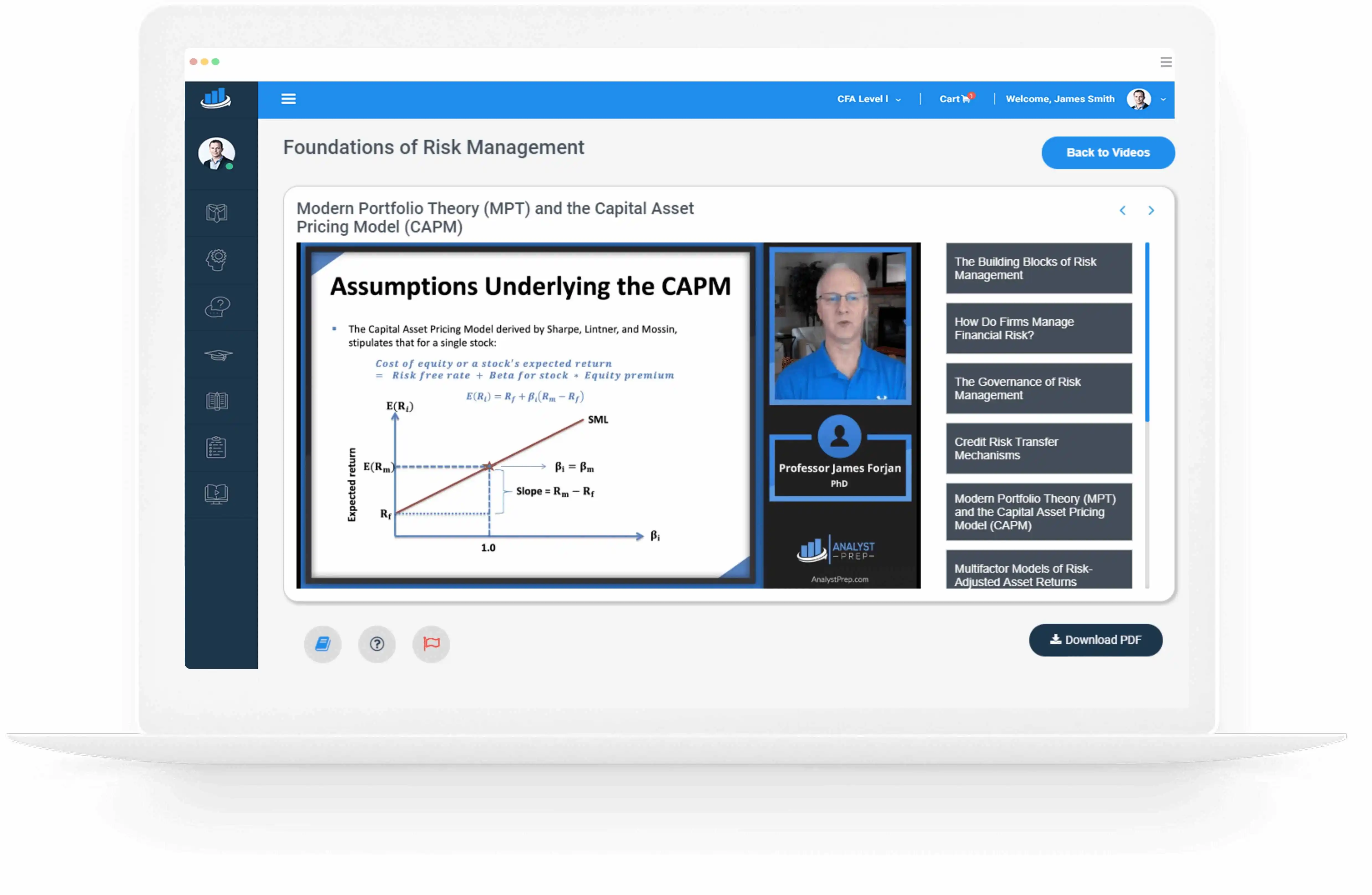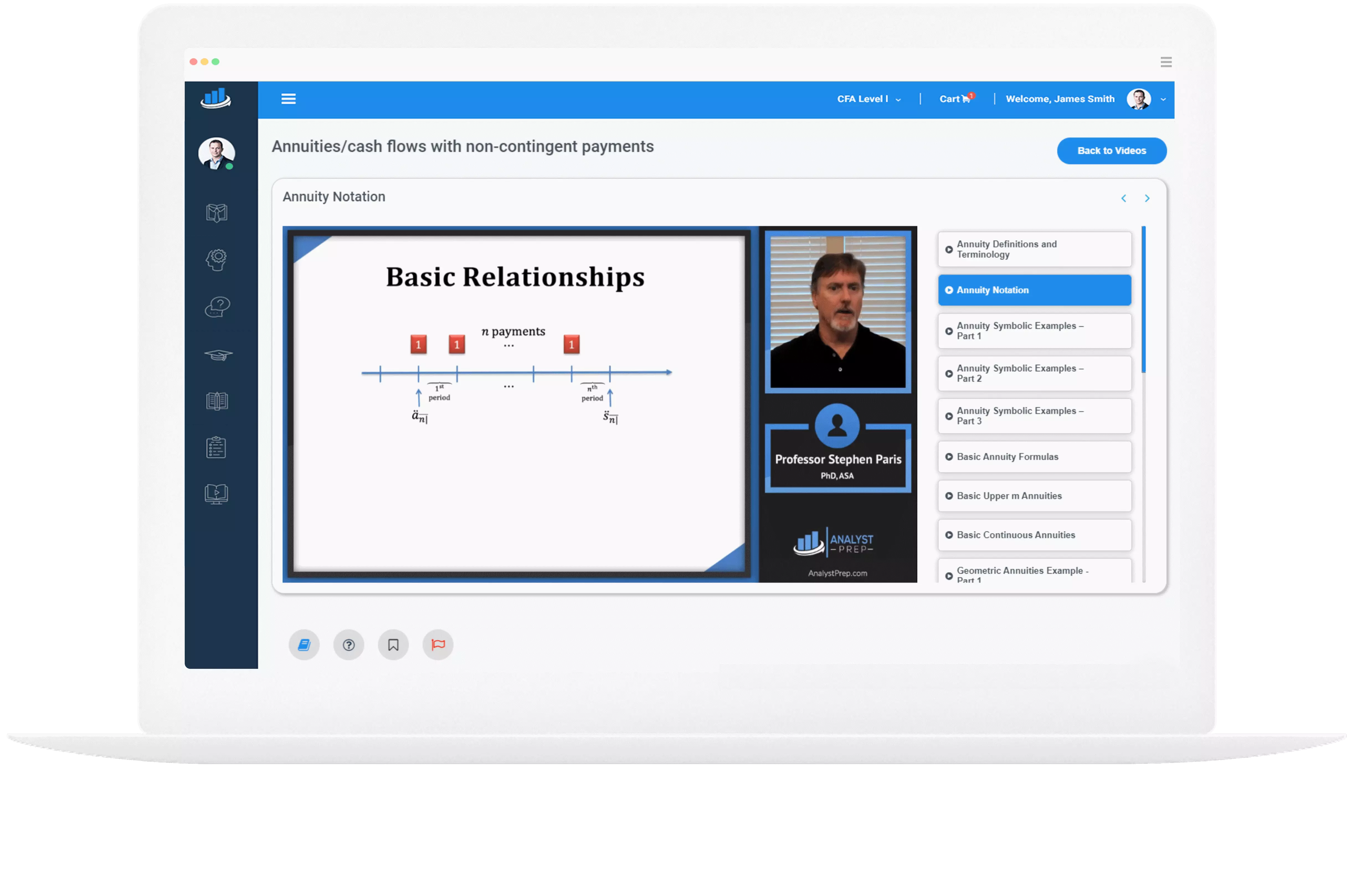
The Building Blocks of Risk Management
After completing this reading, you should be able to: Explain the concept of risk and compare risk management with risk-taking. Evaluate, compare, and apply tools and procedures used to measure and manage risk, including quantitative measures, qualitative risk assessment techniques,…

How Do Firms Manage Financial Risk?
After completing this reading, you should be able to: Compare different strategies a firm can use to manage its risk exposures and explain situations in which a firm would want to use each strategy. Explain the relationship between risk appetite…

The Governance of Risk Management
After completing this reading, you should be able to: Explain changes in regulations and corporate risk governance that occurred as a result of the 2007-2009 financial crisis. Describe best practices for the governance of a firm’s risk management processes. Explain…
Credit Risk Transfer Mechanisms
After completing this reading, you should be able to: Compare different types of credit derivatives, explain their application, and describe their advantages. Explain different traditional approaches or mechanisms that firms can use to help mitigate credit risk. Evaluate the role…
Liquidity Stress Testing
After completing this reading, you should be able to: Differentiate between various types of liquidity, including funding, operational, strategic, contingent, and restricted liquidity. Estimate contingent liquidity via the liquid asset buffer. Discuss the matters about the liquidity stress test design,…
Intraday Liquidity Risk Management
After completing this reading, you should be able to: Identify and explain the uses and sources of the Intraday liquidity Discuss the governance structure of the intraday risk liquidity management Differentiate between methods for tracking intraday flows and monitoring risk…
The Investment Function in Financial-services Management
[vsw id=”mBFwEcTAyg0″ source=”youtube” width=”611″ height=”344″ autoplay=”no”] After completing this reading, you should be able to: Compare various money market and capital market instruments and discuss their advantages and disadvantages. Identify and discuss various factors that affect the choice of investment…
Liquidity Risk Reporting and Stress Testing
After completing this reading, you should be able to: Identify best practices for the reporting of a bank’s liquidity position. Compare and interpret different types of liquidity risk reports. Explain the process of reporting a liquidity stress test and interpret…
Managing And Pricing Deposit Services
After completing this reading, you should be able to: Differentiate between the various transaction and non-transaction deposit types. Compare different methods used to determine the pricing of deposits and calculate the price of a deposit account using cost plus profit…
Enterprise Risk Management and Future Trends
After completing this reading, you should be able to: Describe Enterprise Risk Management (ERM) and compare an ERM program with a traditional silo-based risk management program. Describe the motivations for a firm to adopt an ERM initiative. Explain best practices…




